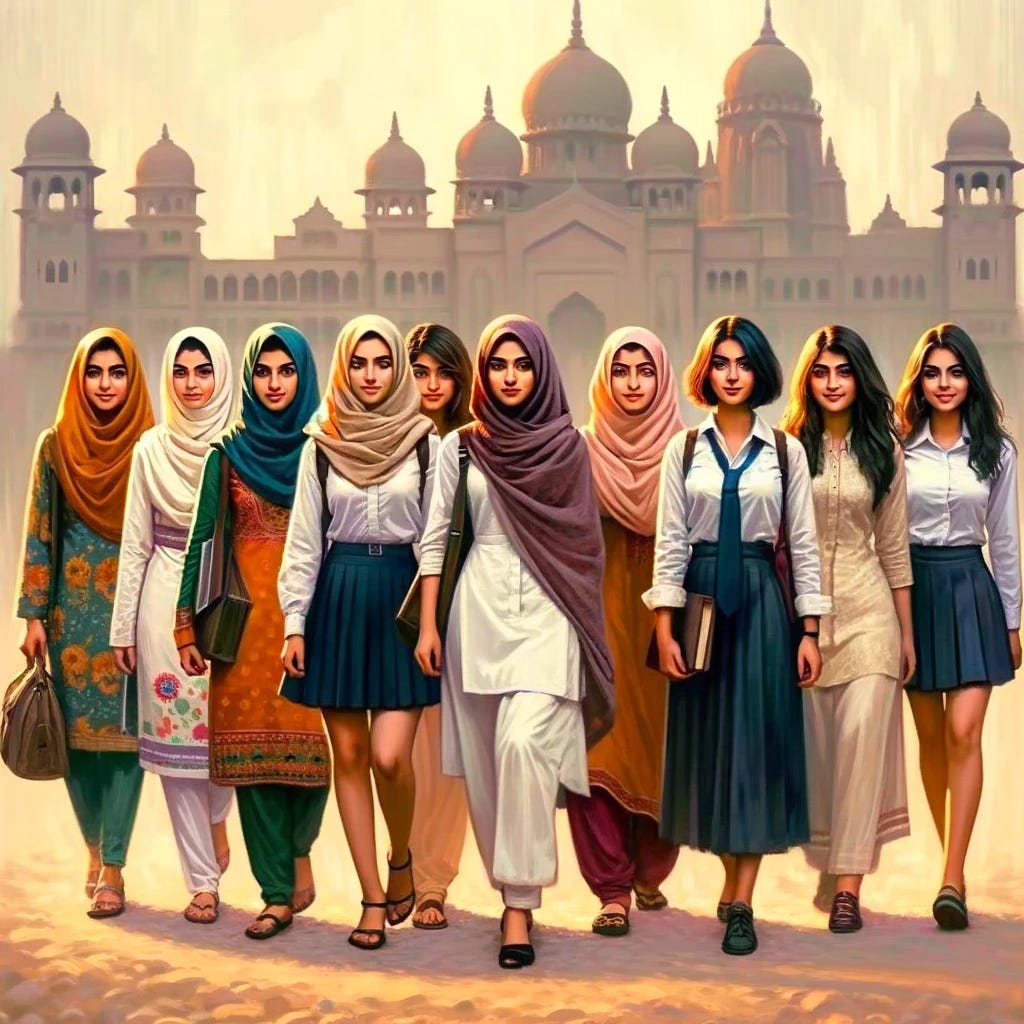New York City Settles for $17.5 Million in Landmark Hijab Removal Case
The Interplay of Law, Faith, and Empathy: Reflections on a New York Settlement and Its Global Echoes, including Karnataka Hijab ban in schools.
Introduction: A Landmark Settlement in New York
In a landmark legal settlement, New York City on Friday (April 5) agreed to pay $17.5 million to address grievances by two Muslim-American women compelled to remove their hijabs for mugshots following their arrests. This precedent-setting case extends beyond the individuals involved, offering a broader message on the intersection of civil liberties, religious freedoms, and law enforcement protocols. This settlement not only acknowledges the trauma and indignity suffered by the plaintiffs but also sets a constructive precedent by instituting policy changes within the New York Police Department (NYPD).
Moderating NYPD's Approach to Religious Headwear
Filed in 2018 by Jamilla Clark and Arwa Aziz, the lawsuit originated from 2017 incidents where both women, detained under disputable circumstances, were compelled to remove their hijabs for their booking photographs. This requirement, equated by their legal representatives to a strip search, sparked widespread public disapproval and prompted a reevaluation of NYPD’s policies. By 2020, modifications were instituted to allow religious headwear, including turbans for Sikhs, yarmulkes, and hijabs, during the photographing process, as long as the face was fully visible. After legal expenses, payouts will amount to approximately $13.1 million and could rise if a significant number of the over 3,600 eligible class members submit claims, with each recipient receiving between $7,824 and $13,125.
A Parallel Discourse: The Karnataka Hijab Controversy
Halfway across the globe, the Karnataka hijab controversy, originating from a ban in December 2021 against Muslim girls wearing hijabs in educational institutions, casts a parallel shadow to the New York settlement, spotlighting the intricate dance between regional laws, religious freedoms, and individual rights on a global stage. This controversy unraveled as Muslim students were barred from classes for wearing hijabs, in accordance with the administration's stance that religious attire violated uniform codes. The ensuing legal battle, marked by international outcry and domestic protests, culminated in a polarizing High Court decision affirming the ban, citing the hijab as non-essential to Islamic practice. This decision not only fanned the flames of cultural and religious debates within India but also attracted global attention, underscoring the universal struggle to balance religious expression with institutional regulations.
New Congress Government Revokes the Hijab Ban
In a significant turn of events, the recent revocation of this ban by Karnataka's new Congress government under Chief Minister Siddaramaiah heralds a move towards inclusivity and religious tolerance. This policy reversal, celebrated by supporters as a restoration of fundamental freedoms and criticized by detractors as political appeasement, mirrors the essence of the New York settlement: a quest for a middle ground that respects religious practices without compromising the collective ethos of public and educational spaces. These developments, both in Karnataka and New York, underscore the global resonance of the debate on religious attire, challenging societies to foster a spirit of accommodation and empathy amidst diverse legal, cultural, and religious landscapes.
Global Implications and the Spirit of Accommodation
The New York settlement and the discussions it sparks resonate well beyond the confines of the United States, touching on similar debates worldwide, such as the hijab ban— now revoked— for girl students in Karnataka, India. These instances underscore a common challenge: balancing the letter of the law with the spirit of empathy and respect for religious and cultural practices. It demonstrates the need for a nuanced approach that respects individual freedoms while addressing security and procedural necessities within the law enforcement and educational frameworks.
Summing Up: Towards a More Inclusive Future
This intricate interplay of law, faith, and the need for empathy points towards a universal challenge: crafting a society that upholds security without compromising on the dignity and rights of its members. The New York settlement serves as a beacon, highlighting the potential for legal systems to evolve in favor of inclusivity, respect for religious beliefs, and the fostering of a global spirit of accommodation. It emphasizes the importance of empathy in law enforcement practices and the broader societal benefit of embracing diverse cultural and religious practices. As we navigate the complex terrain of national security concerns, the lessons drawn from such settlements remind us of the delicate balance required to maintain peace, harmony, and mutual respect in an increasingly interconnected world.






